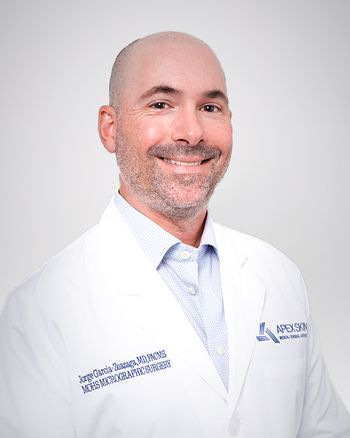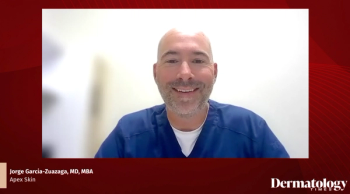
Modifier -79 rules; Two-digit 'devils'
Modifiers, modifiers, modifiers! Wouldn't life be great if we didn't have to deal with all those two-digit devils? Why can't we just send a claim to the insurance company and get paid without trying to figure out which CPT code gets a modifier, which one doesn't, and, if one is needed, which one should be selected? Worse yet, in many instances, we need two, three and, yes, sometimes even four modifiers. There are -24, -25, -58, -59,-76, -79, just to name a few. Then there are those darn local modifiers like -GA, -GY and -GZ. Gee whiz, is more like it!
No matter how we lament, they are a part of our daily life, and if we want to get our claims paid with minimal effort and maximum results, modifiers are a vital component of the formula of successful claimsm processing.
Modifier -79 is an important and frequently used modifier, especially in dermatology, where patients are seen multiple times at short intervals. For many practices, a large percentage of dermatology patients are Medicare beneficiaries. Medicare has many rules regarding utilization of modifiers as well as the Correct Coding Initiative (CCI) bundling tables. The CCI tables add an additional layer of complexity to claims with respect to the use of the -59 modifier. (The use of the -59 modifier is another topic altogether.)
Basic Rules 1. This modifier is used only for surgical services during the postoperative period. (The postoperative period starts at 12:01 a.m. of the day following the actual surgical service).
2. The modifier is used to reflect an unrelated surgical service during the postoperative period.
3. The -79 modifier assures that the unrelated surgical service is allowed at the usual rate.
Example:
On May 2, the patient has three benign cysts removed (codes 11402, 11403, 11421 with 10 postoperative days). One week later, on May 9, the patient returns with an abscess which requires a simple incision and drainage. You would bill CPT code 10060 with a -79 modifier. The 10060 should be allowed at 100 percent. There are a few managed care contracts that will reduce other surgeries performed within the postoperative period according to the multiple surgery reduction rule, but this is rare.
Complications such as hematomas, wound dehiscence and postoperative bleeding are considered unrelated to the surgical service since the CPT code is unique, and the diagnosis is different from the neoplasm codes. Additionally, the definition, in CPT 2005, of the Surgical Package, states:
"In defining the specific services included in a given CPT surgical code, the following services are always included in addition to the operation per se. This includes 'typical postoperative follow-up care.'"
Obviously, complications such as the formation of hematomas, postoperative bleeding or wound dehiscence are not "typical" postoperative follow-up care. Therefore, they are considered "unrelated" to the surgery, and can be billed separately.
The -79 modifier is appropriate for these situations in which there are postoperative complications.
Newsletter
Like what you’re reading? Subscribe to Dermatology Times for weekly updates on therapies, innovations, and real-world practice tips.

















